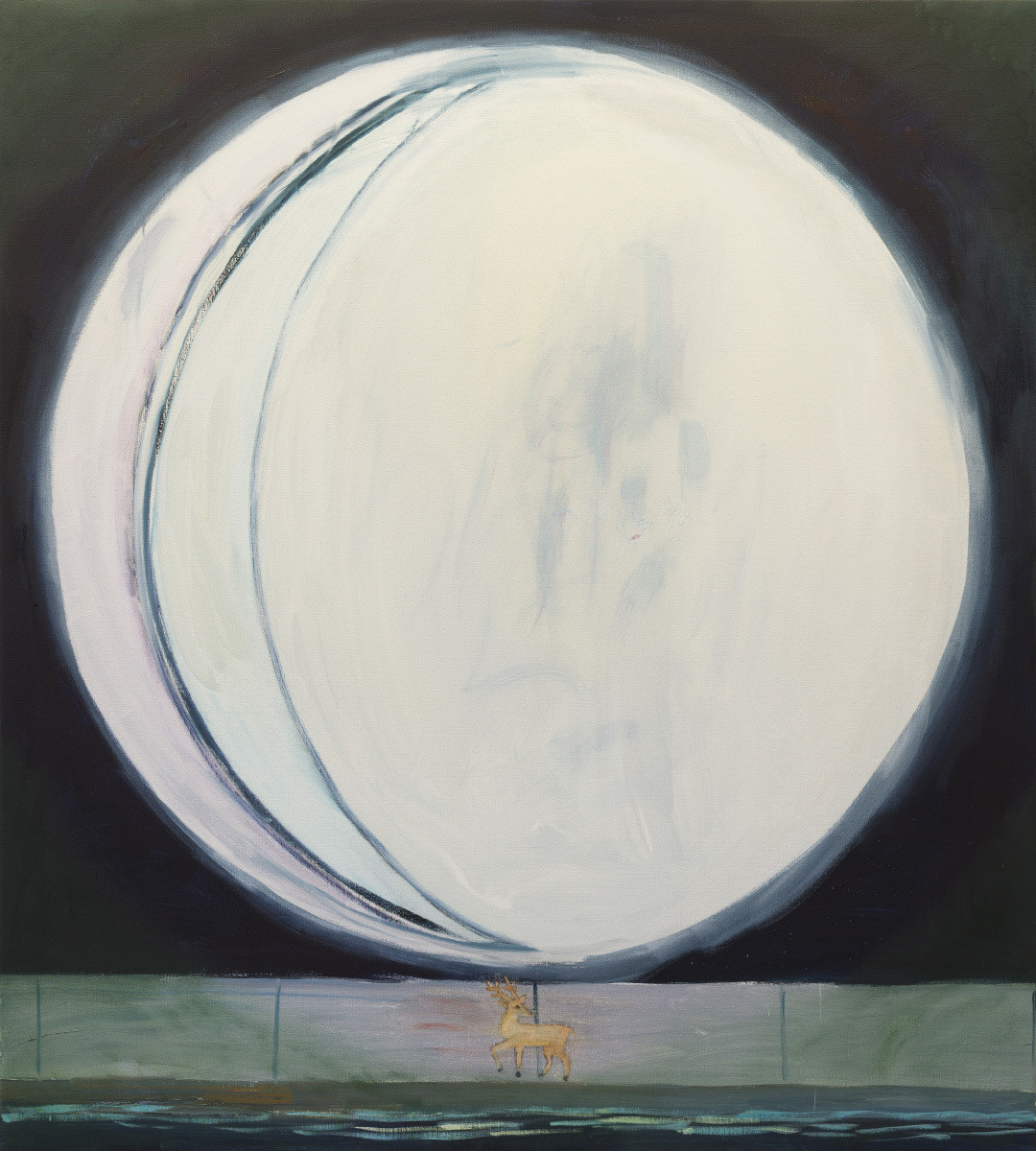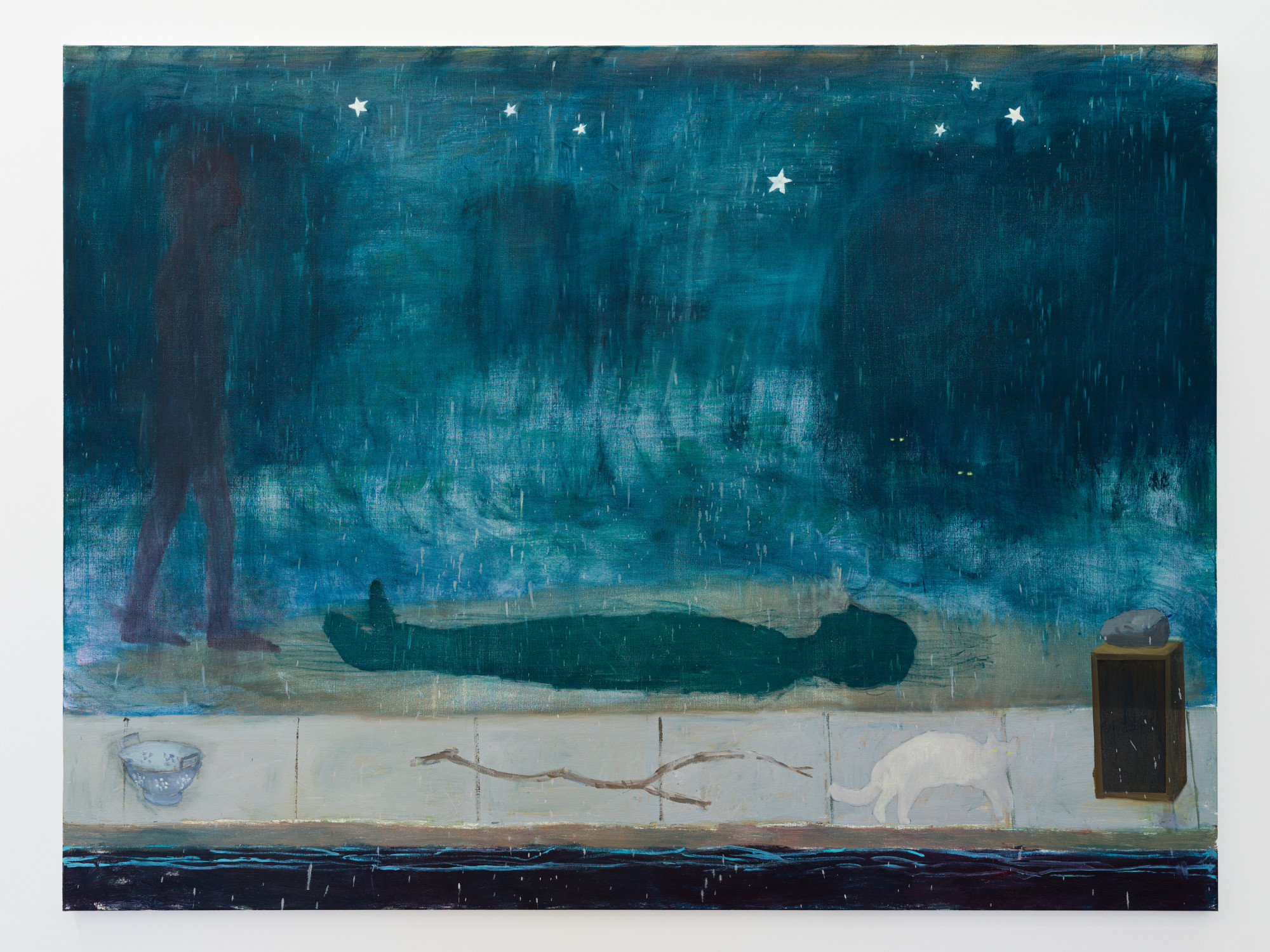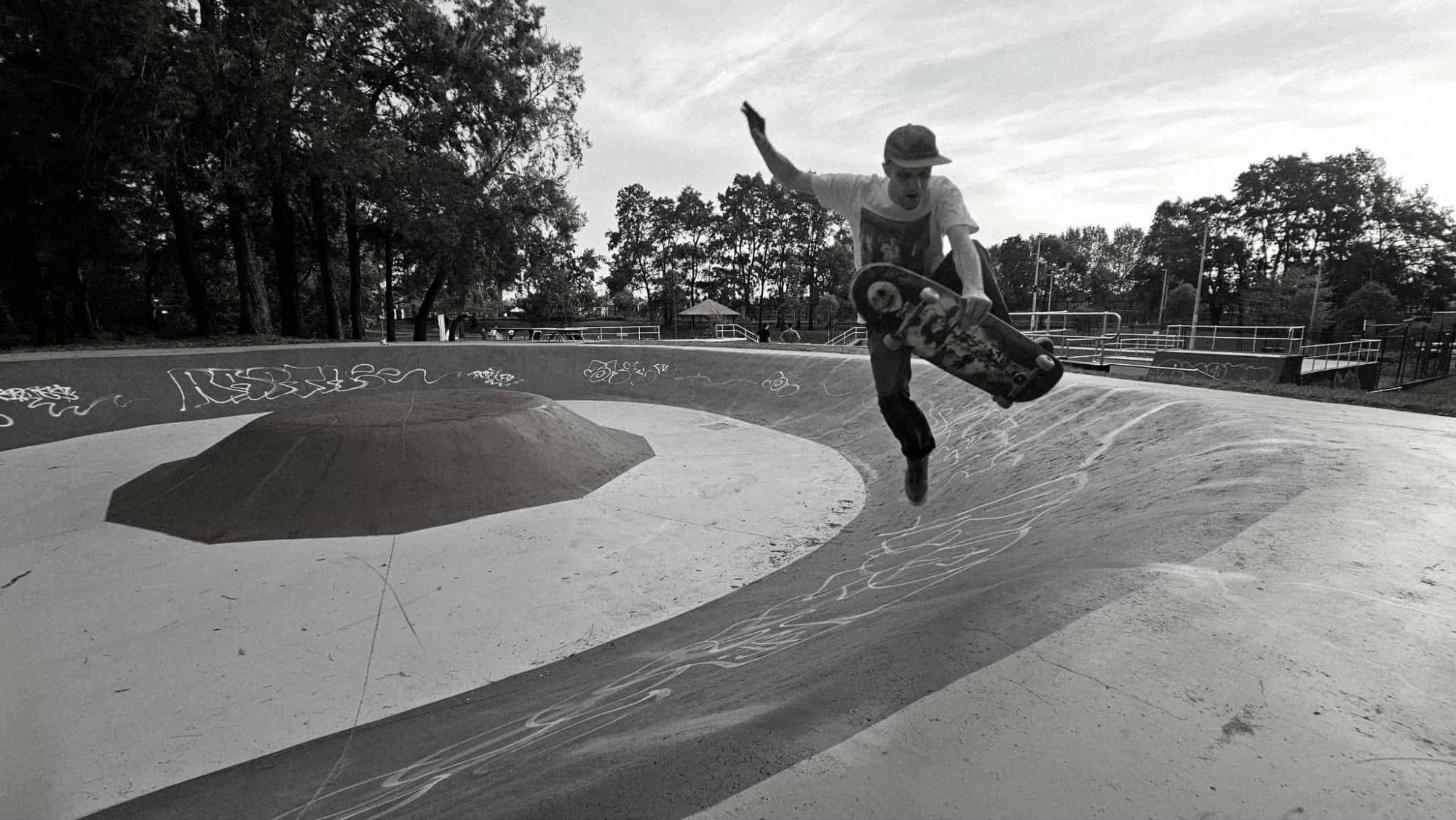
2025
oil on canvas
167.5 x 183 cm / 66 x 72 in.
Photo: Josh Raymond
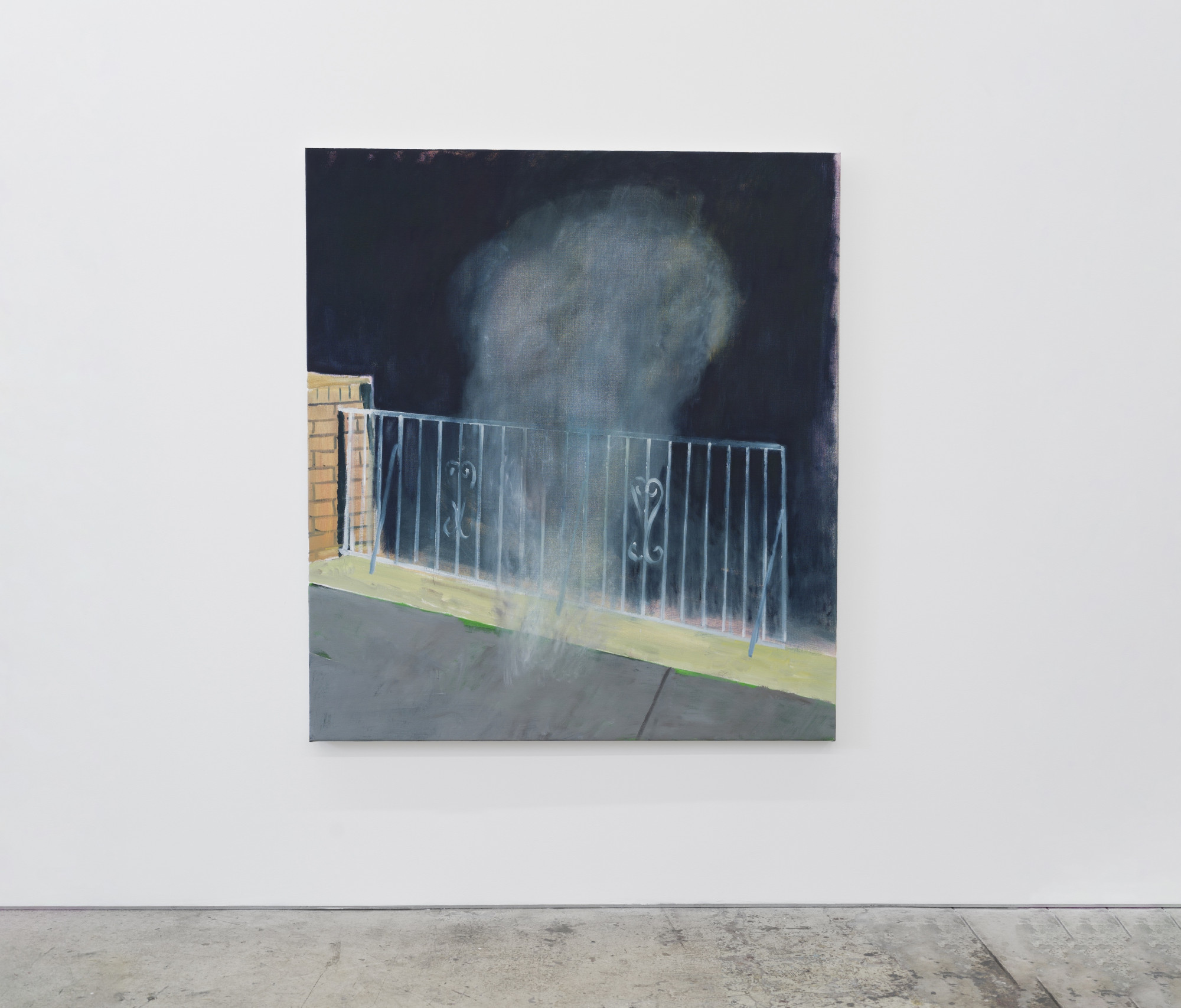
2025
Oil on canvas
152.5 x 137 cm / 60 x 54 in.
Photo: Josh Raymond
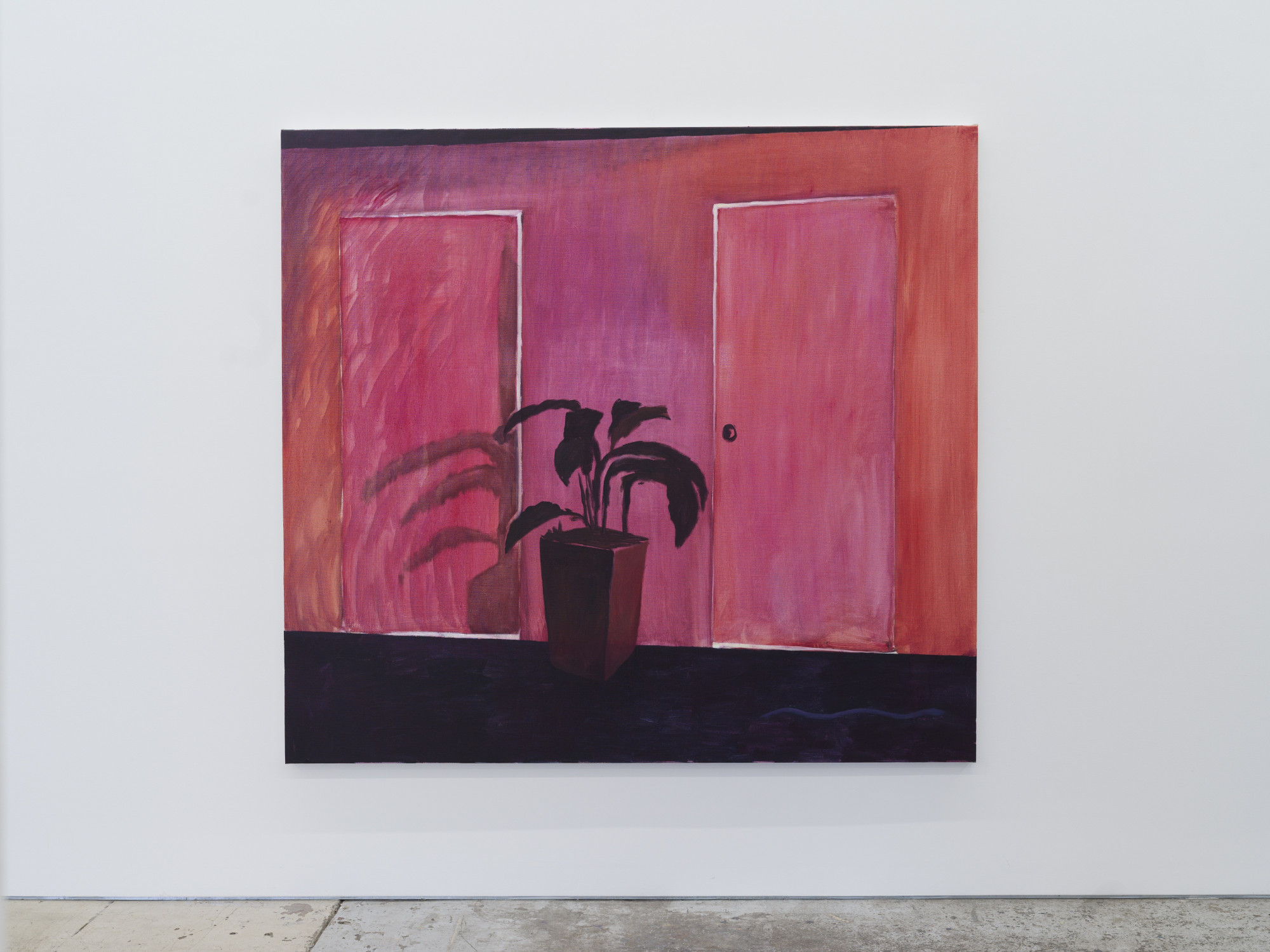
2025
Oil on canvas
167 x 183 cm / 65 3/4 x 72 in.
Photo: Josh Raymond
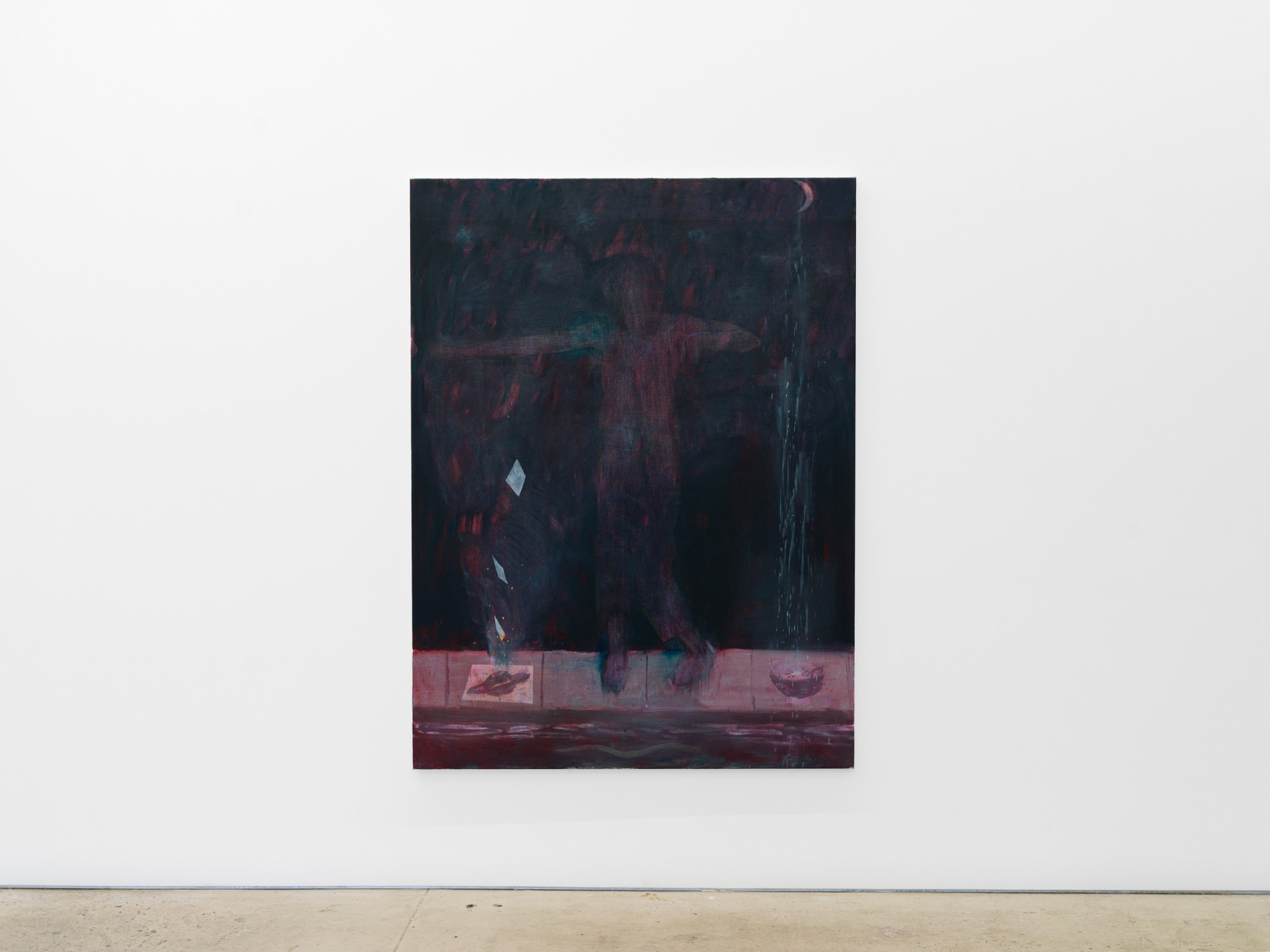
2024
Oil on canvas
183 x 137 cm / 72 x 54 in
Photo: Josh Raymond

2024
Oil on canvas
183 x 244 cm / 72 x 96 in.
Photo: Josh Raymond

2024
Oil on canvas
183 x 244 cm / 72 x 96 in
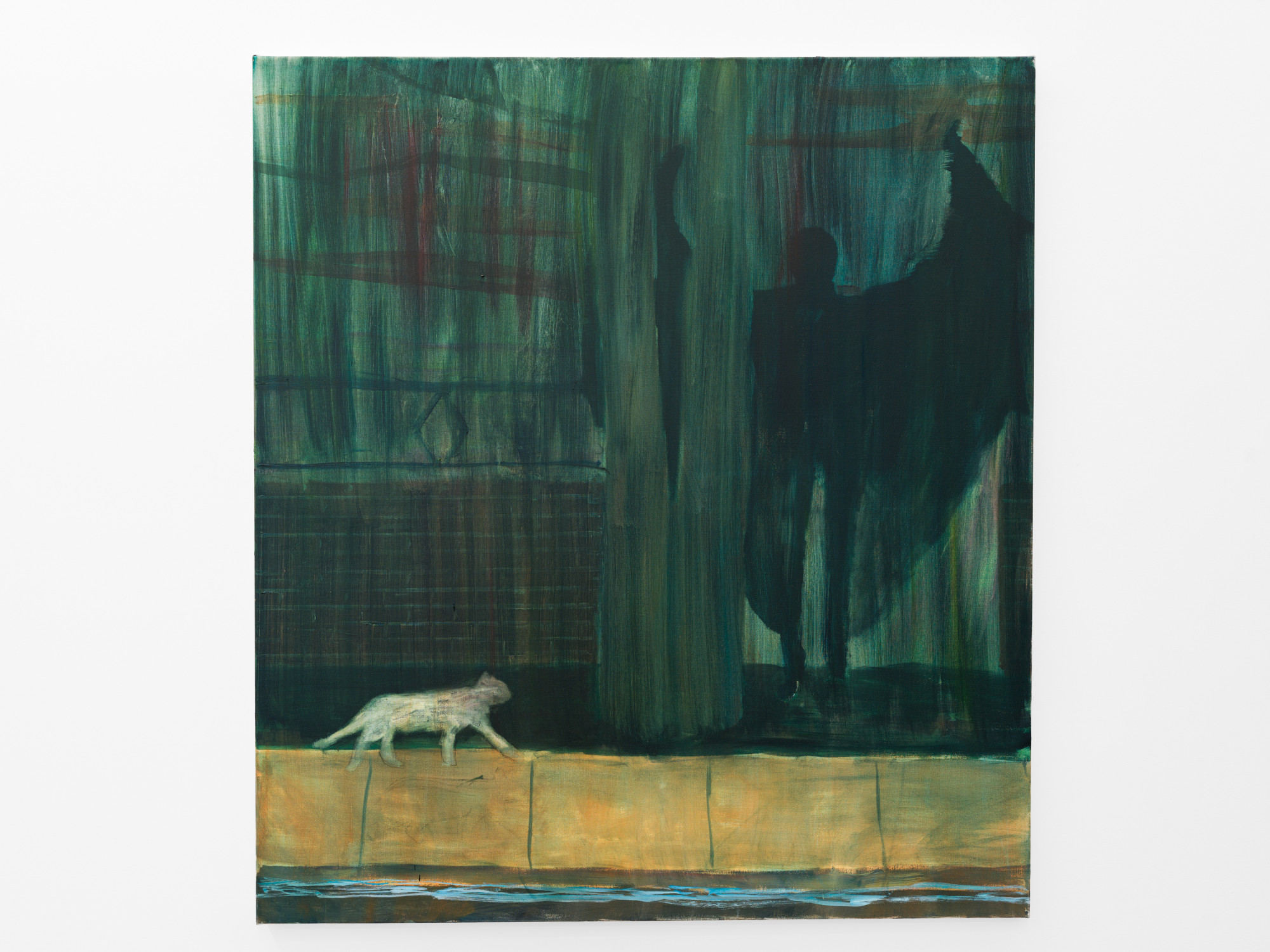
2023-2024
Oil on canvas
152.5 x 137 cm / 60 x 54 in
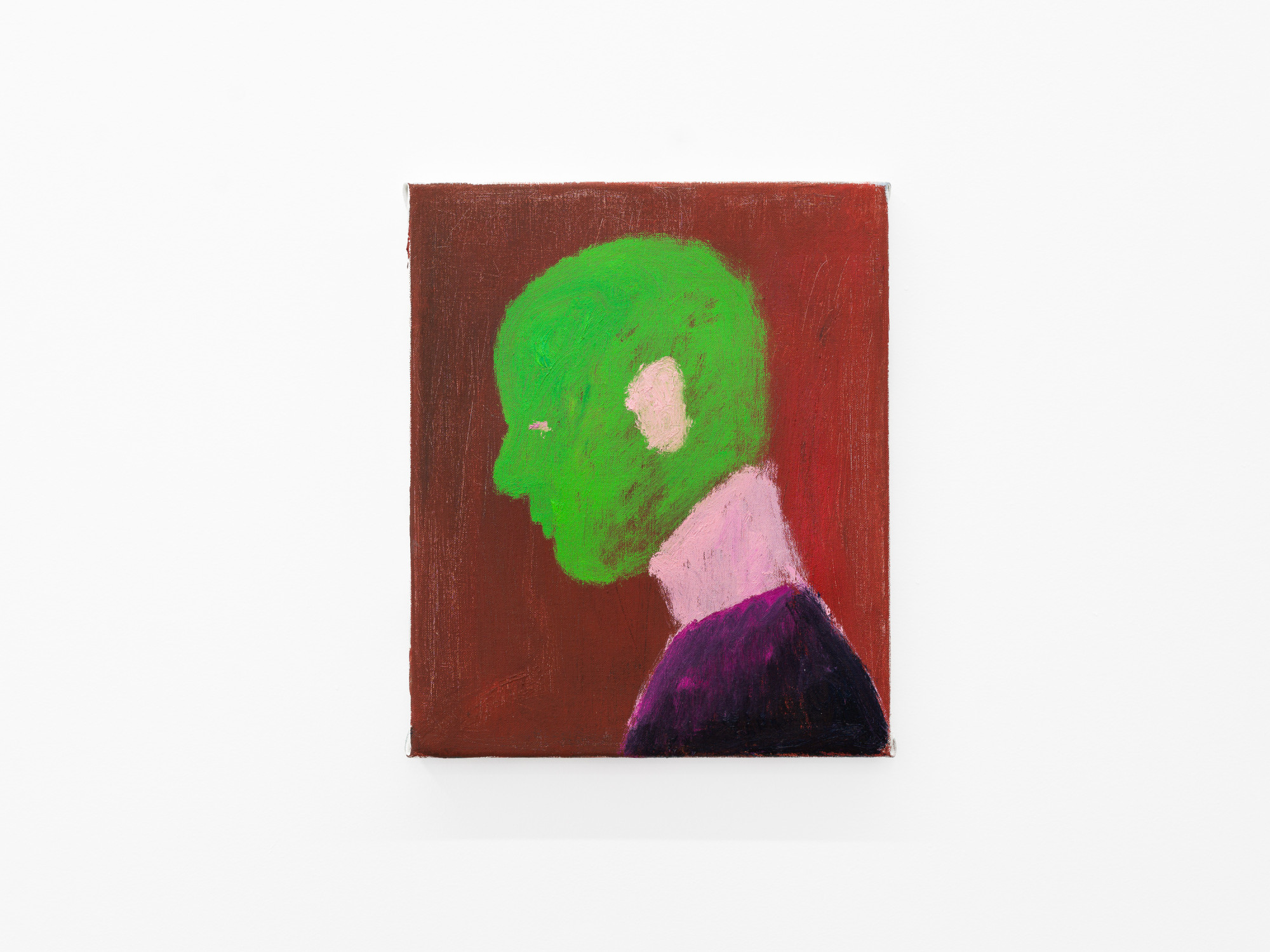
2023
Oil on canvas
46 x 38.5 cm / 18 x 15 in
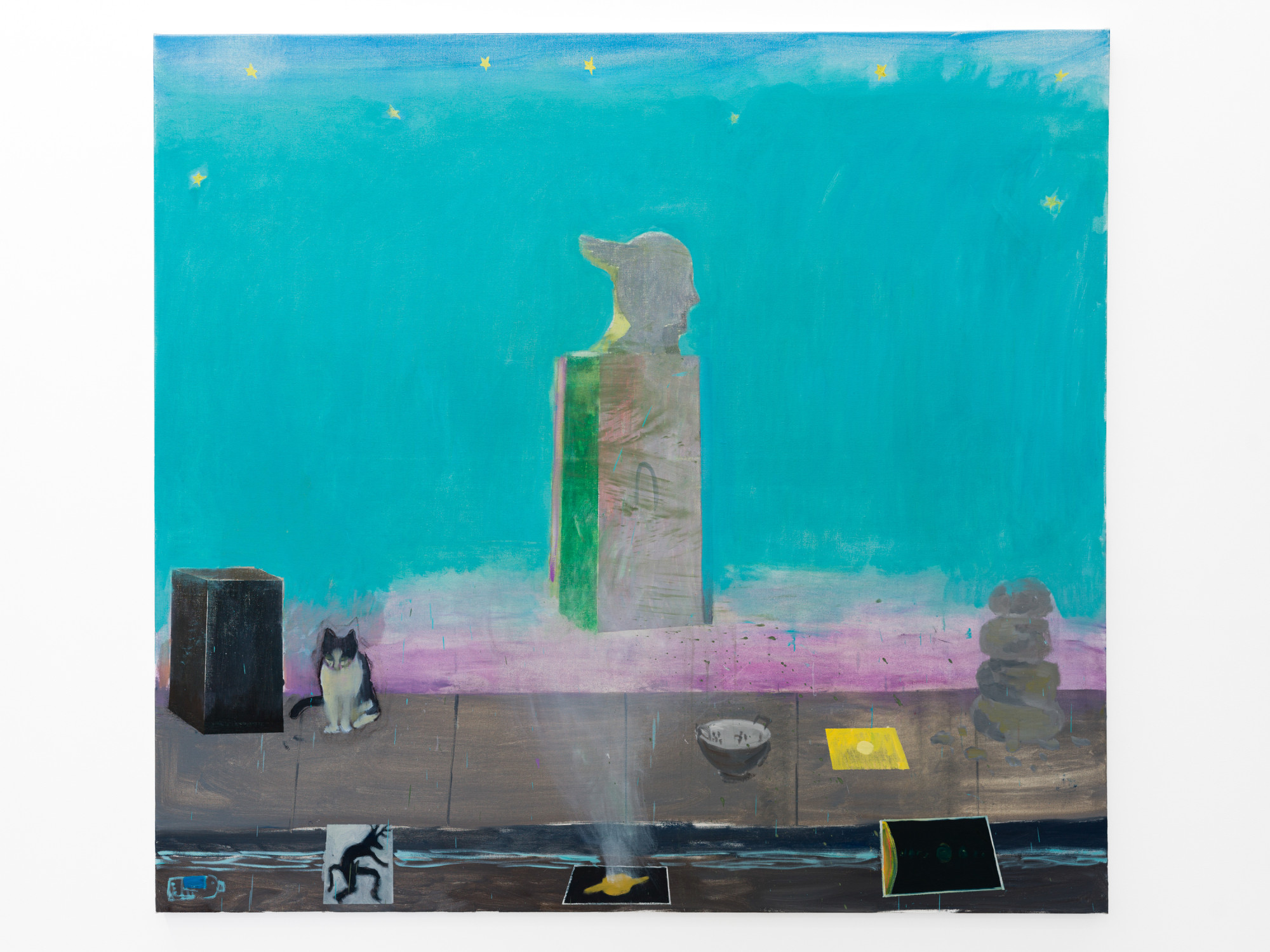
2023
Oil on canvas
183 x 198 cm / 72 x 78 in
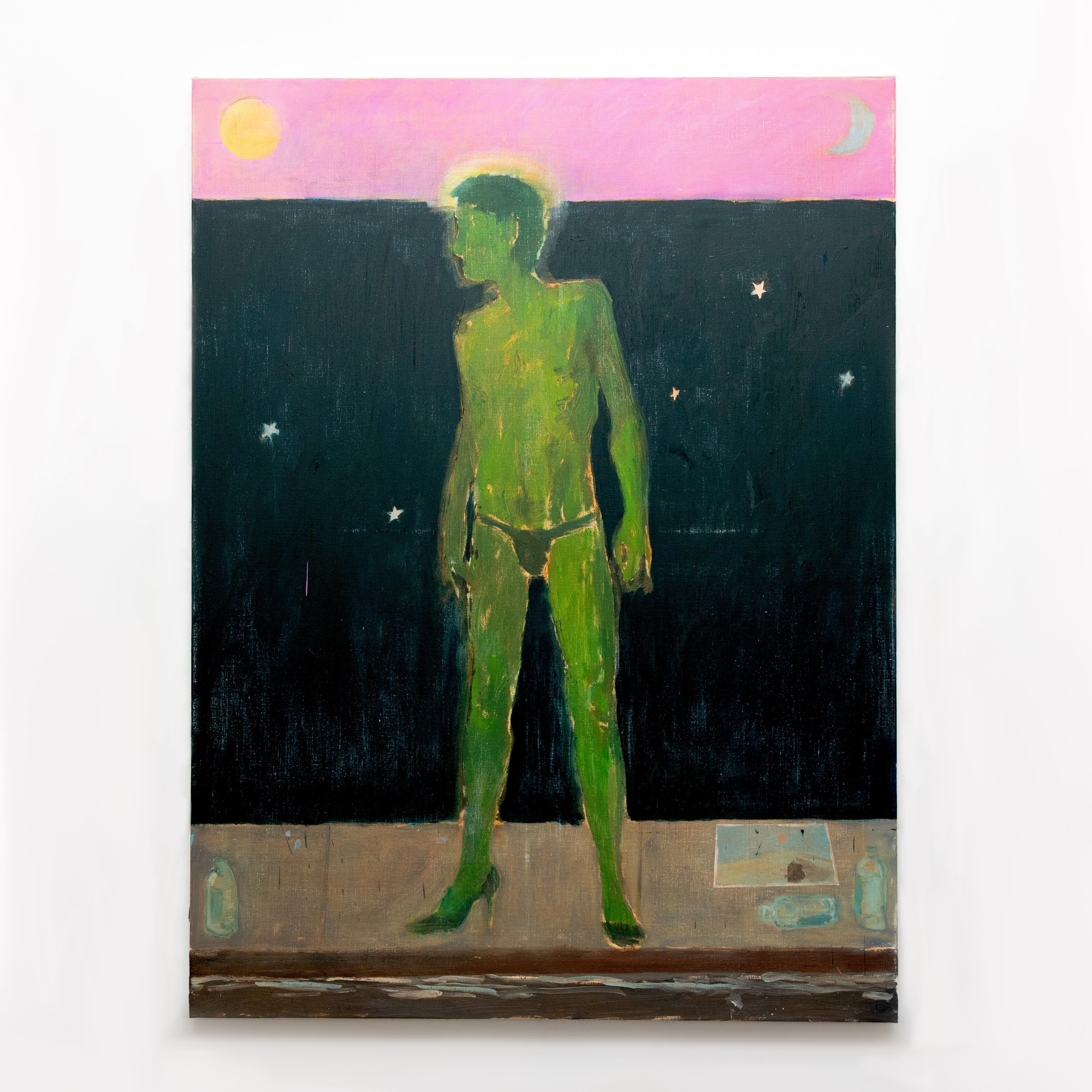
2023
Oil on canvas
183 x 137 cm / 72 x 54 in
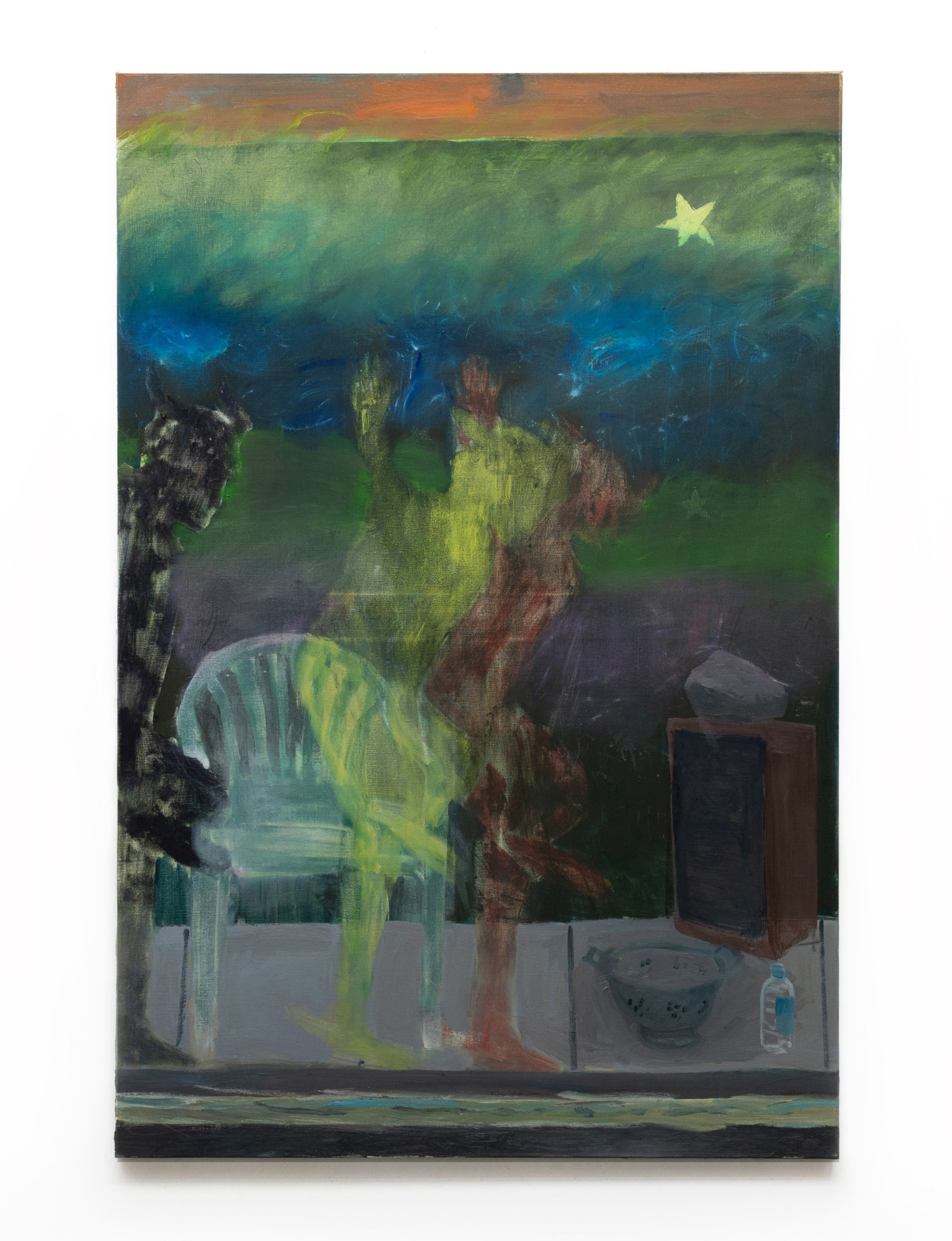
2023
Oil on canvas
152 x 102 cm / 60 x 40 in
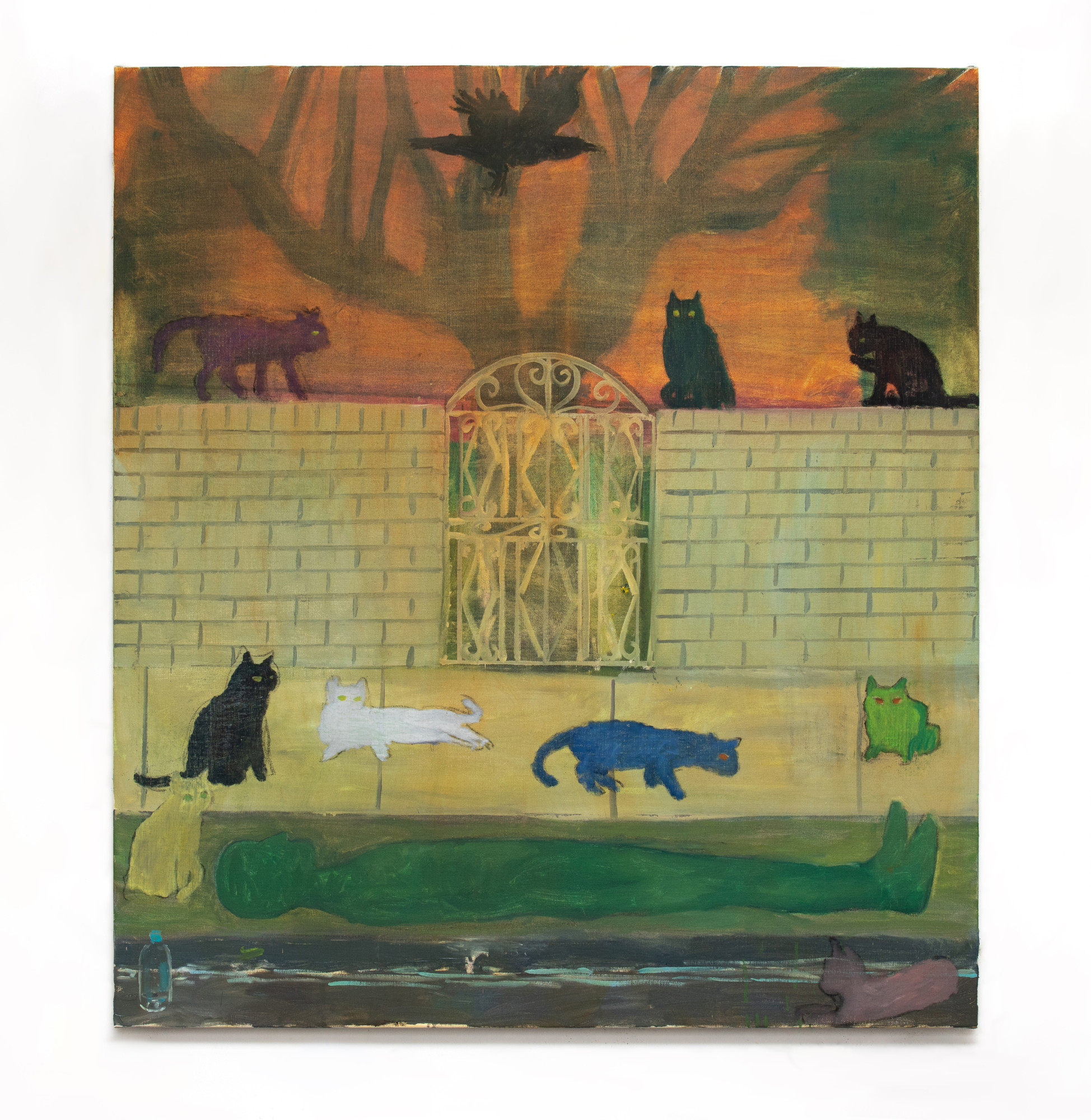
2023
Oil on canvas
152 x 137 cm / 60 x 54 in
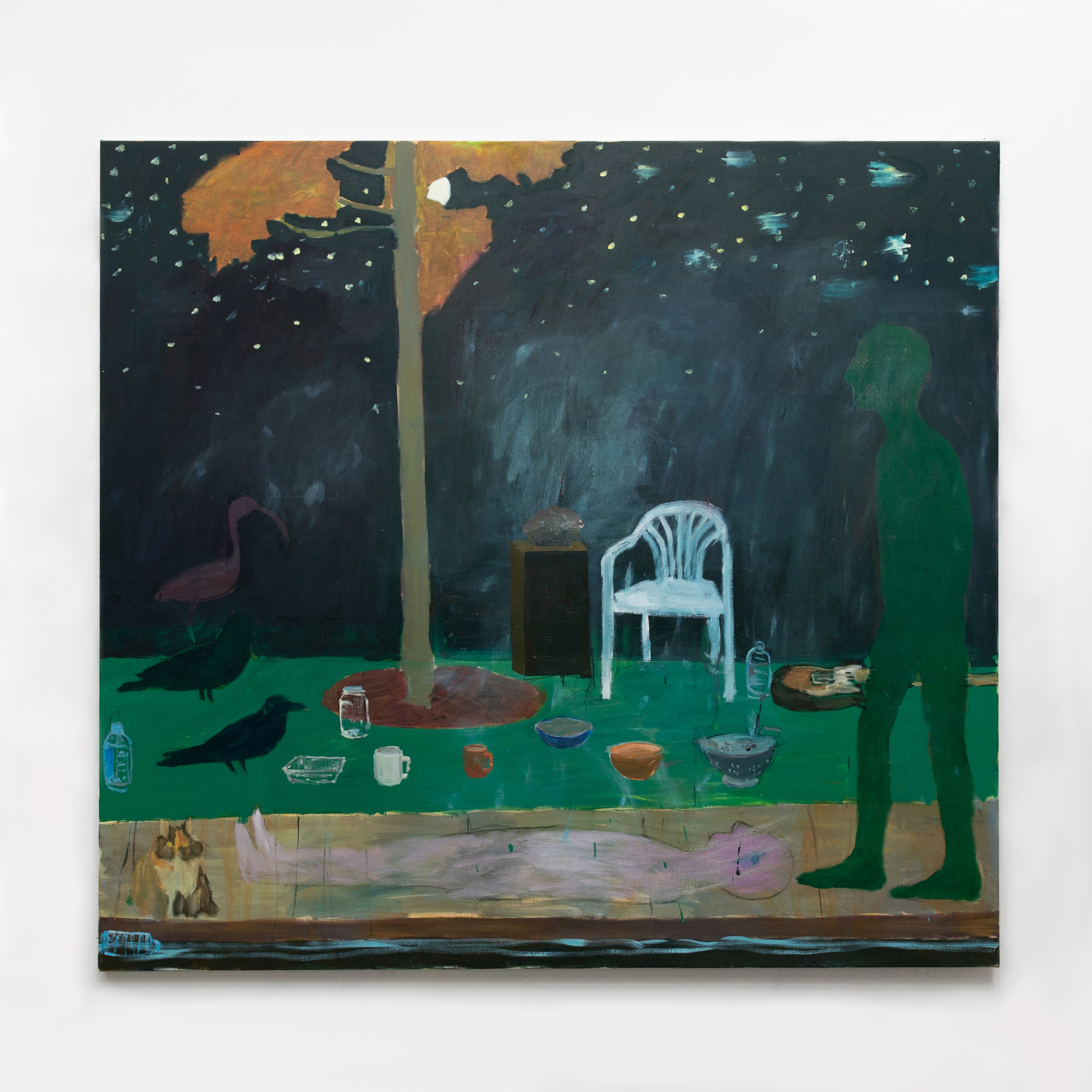
2021–2023
Oil on canvas
167 x 183 cm / 66 x 72 in
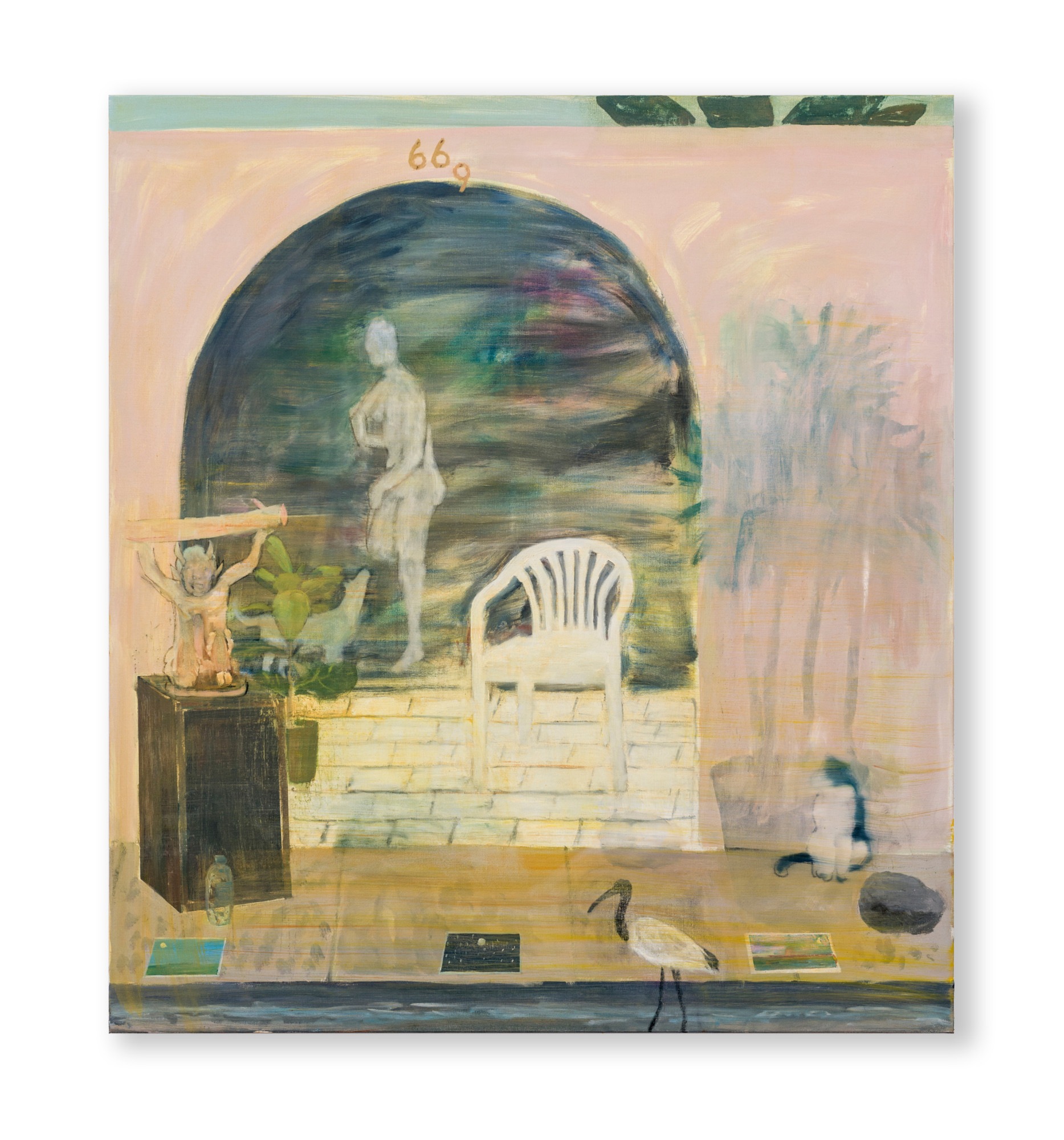
2022
Oil on canvas
152 x 137 cm / 60 x 54 in
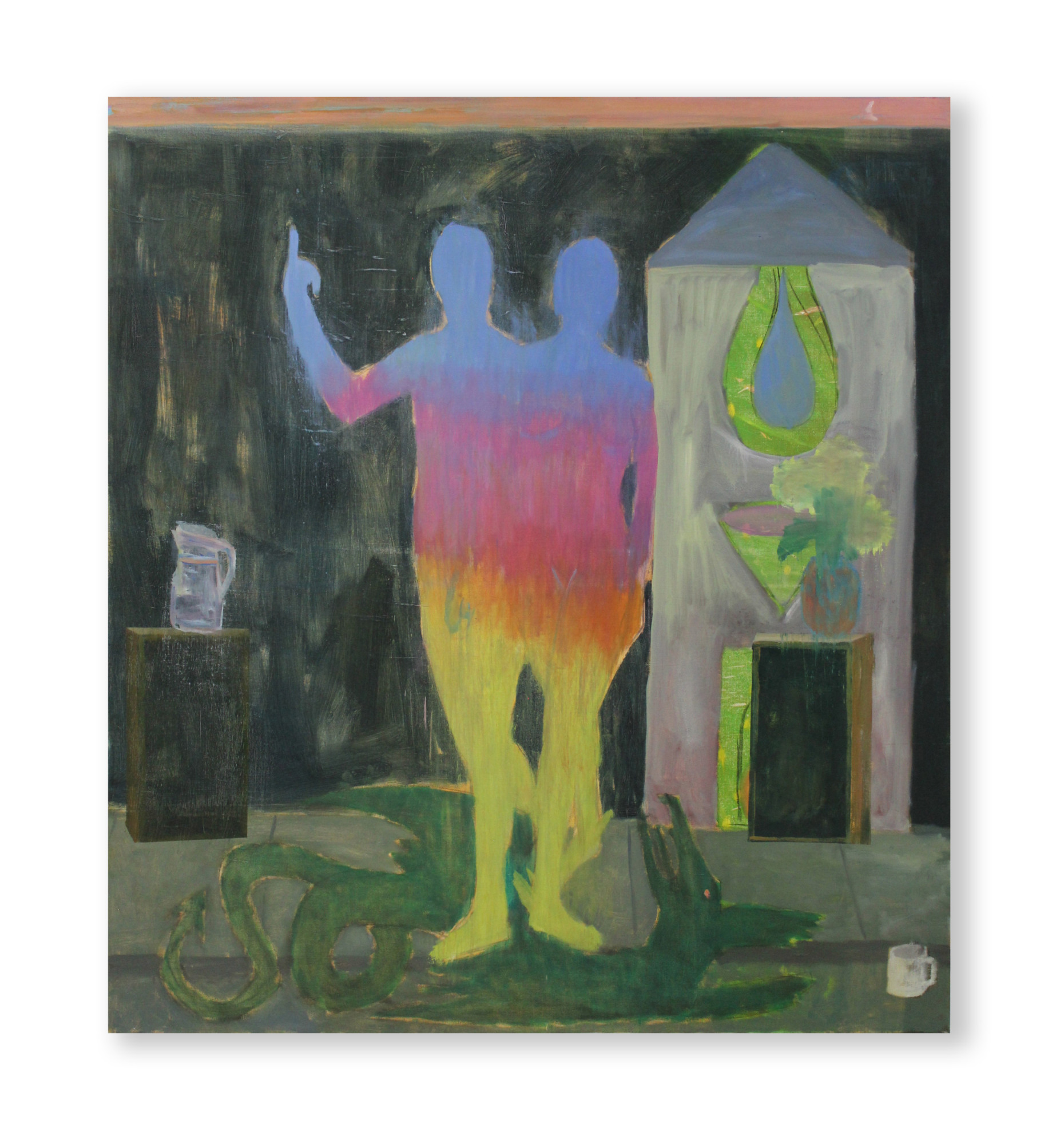
2022
Oil on canvas
152 x 137 cm / 60 x 54 in
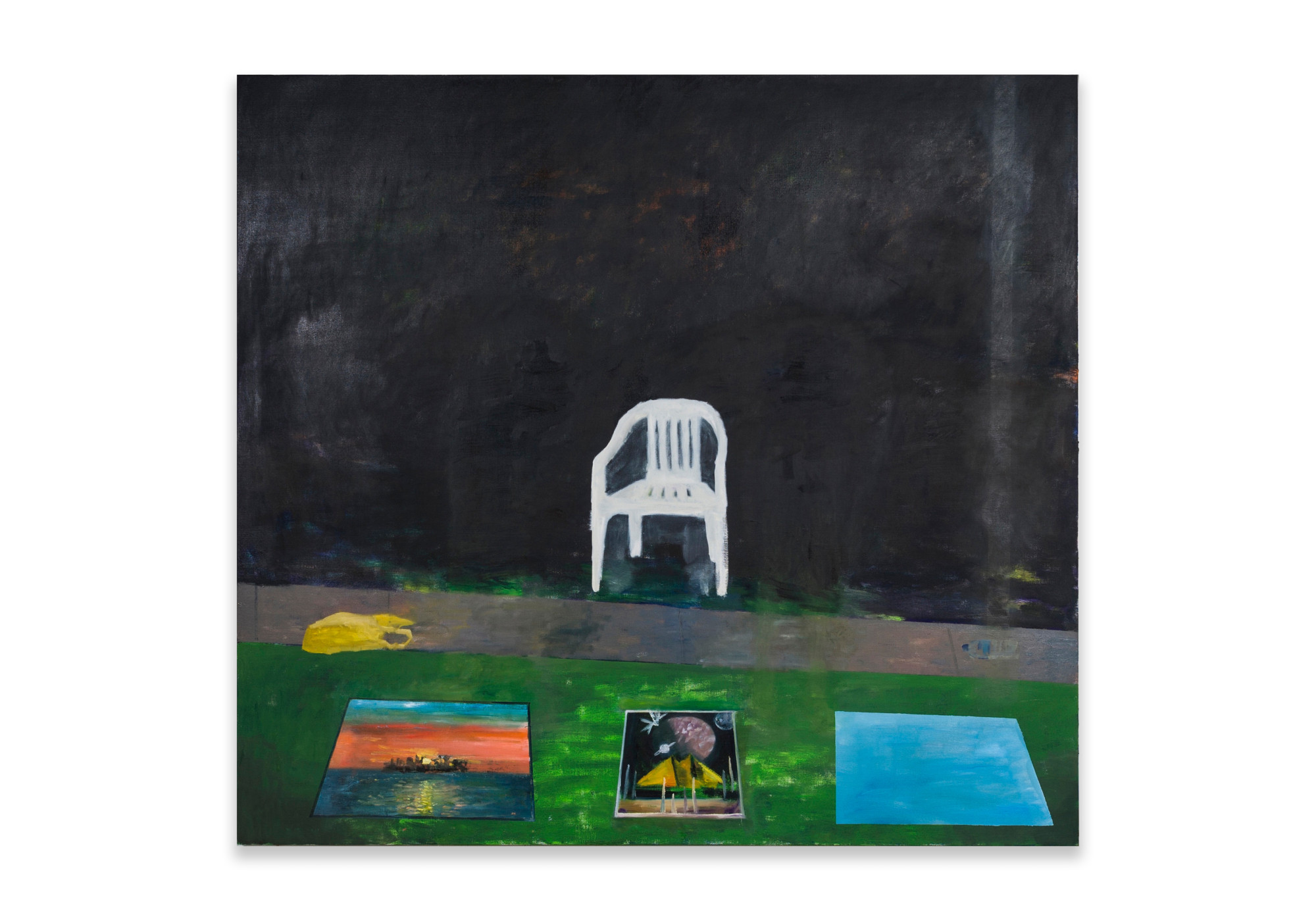
2017
Oil on canvas
167 x 183 cm / 66 x 72 in
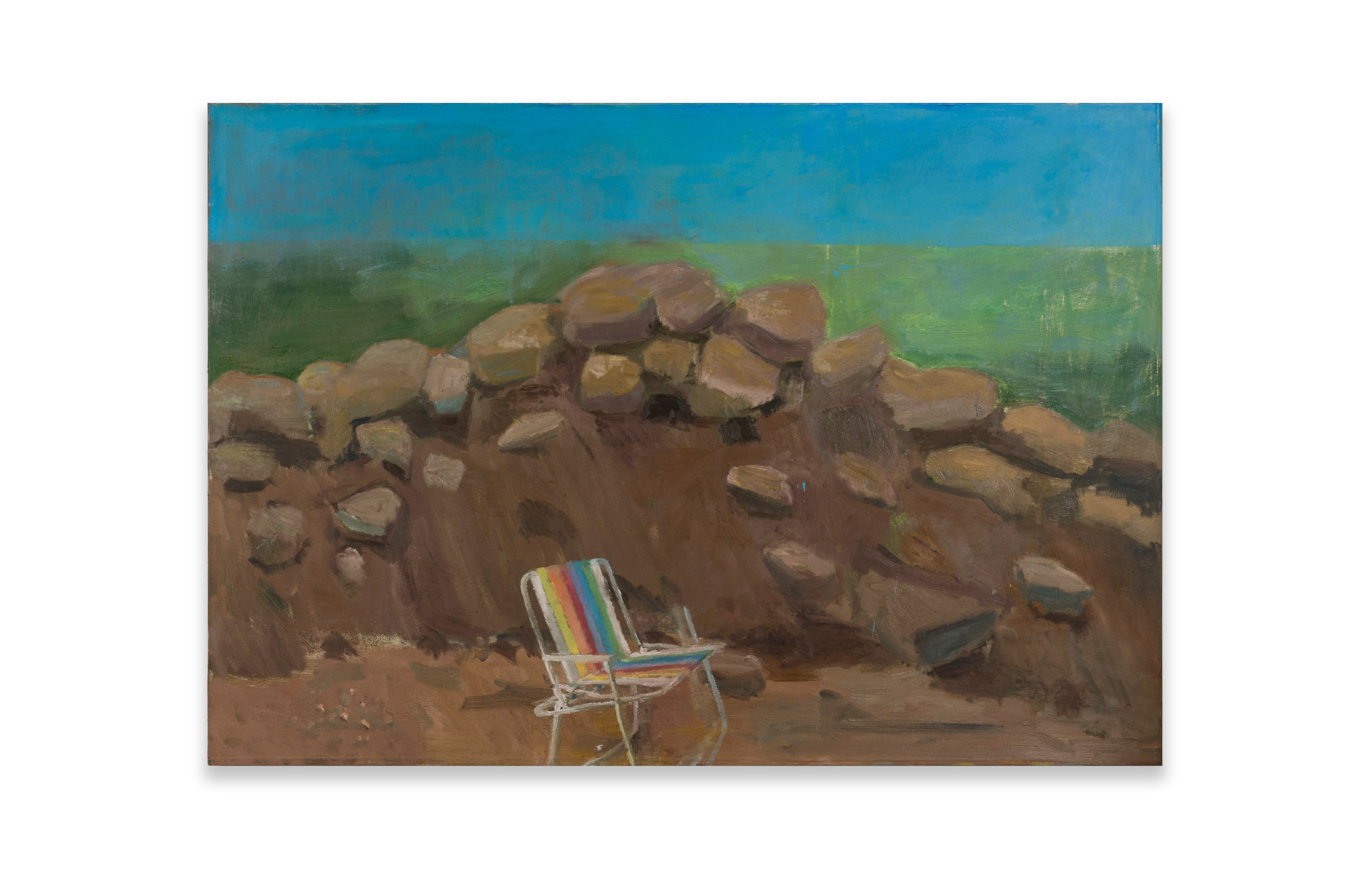
2017
Oil on linen
137 x 198 cm / 54 x 78 in
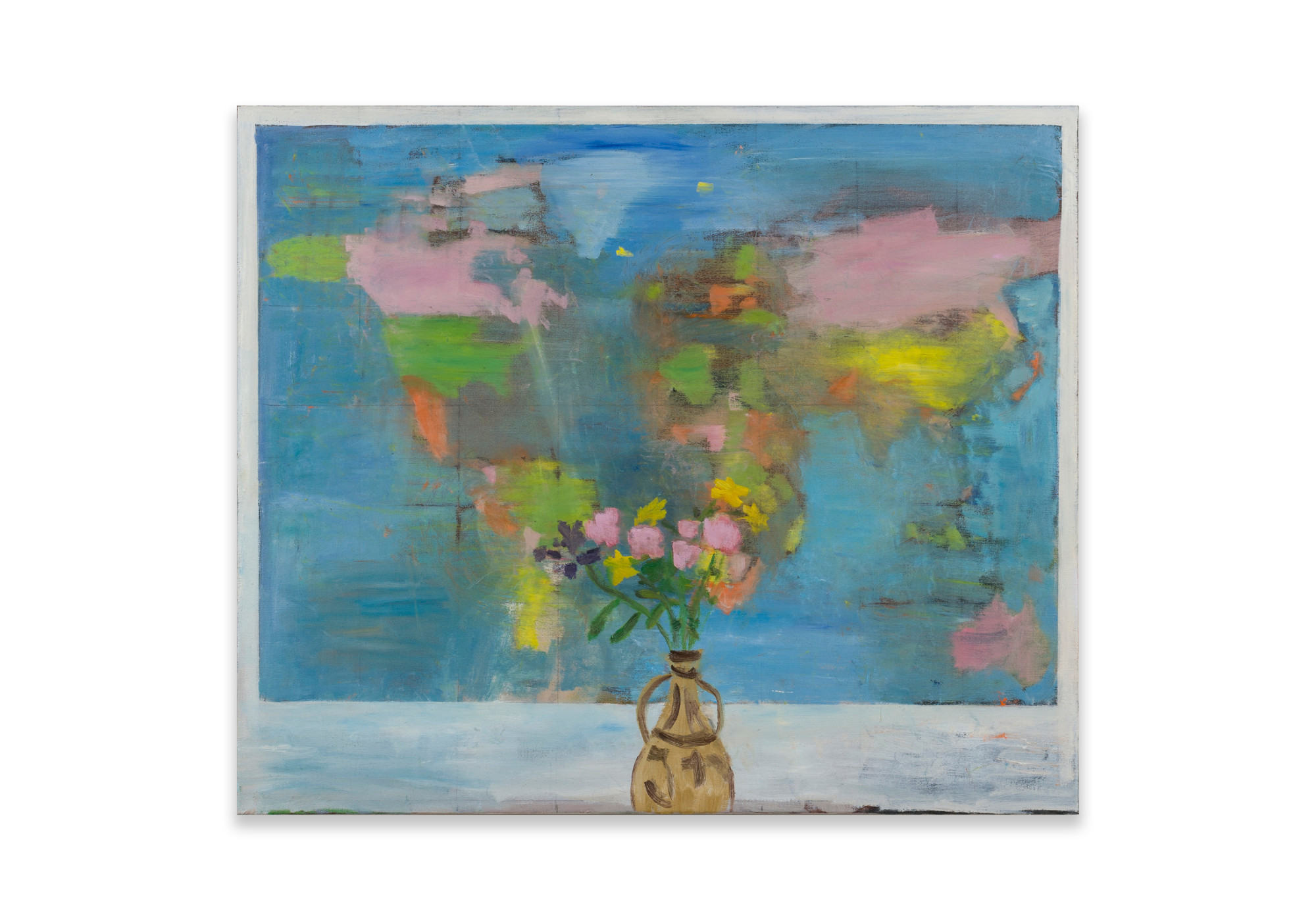
2017
Oil on linen
81 x 97 cm / 32 x 38 in
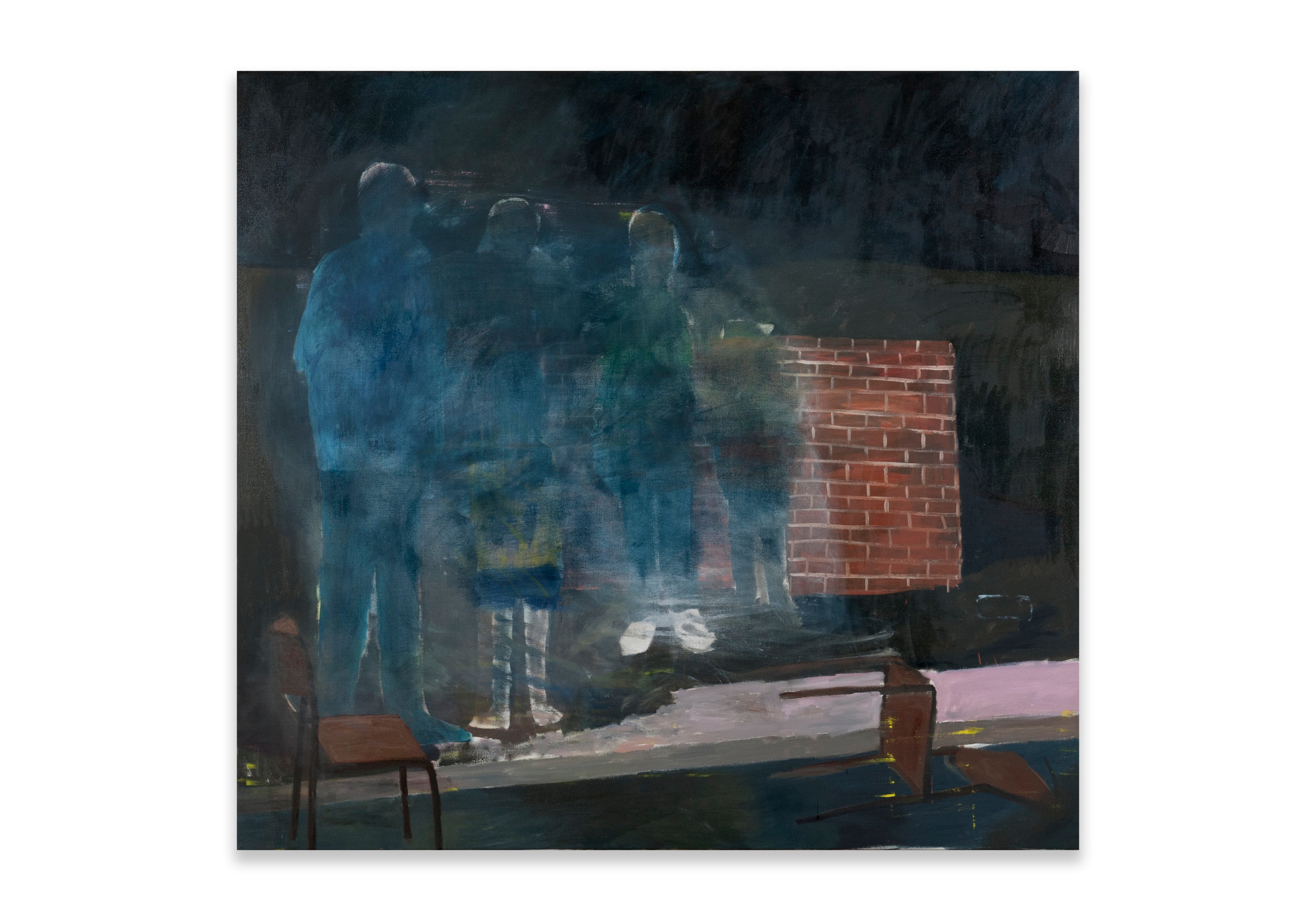
2016
Oil on canvas
167 x 183 cm / 66 x 72 in
